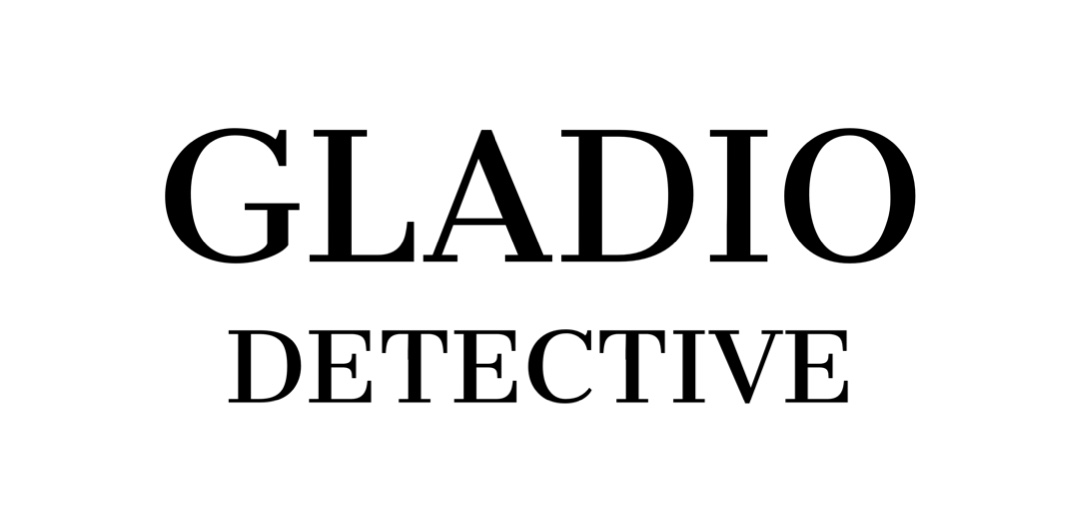The role of private investigator during a criminal trial
According to the code of criminal procedure, the defendant’s attorney can rely on a private investigator to conduct a separate investigation in the interest of the defendant. The investigator is involved in the research of evidence and useful elements to prove the innocence of the defendant or convict. The investigator is appointed with the difficult tasks of listening to witnesses, conduct inspections on the crime scene and make other researches useful to the investigations for the criminal defence.
No need to say that this is a delicate and complex activity that requires great attention and professionalism and, to abide the law, a regular patent. Only the experience and the technical capability of a good professional can lead to positive results for the attorney.
Following are the tasks assigned to a private investigator by an attorney during the investigations for a criminal defence
– Identification of witnesses. Often, in order to exonerate a defendant accused of a crime, it can be enough to track one or more key witnesses that can testify. Our investigative agency tracks them down, listens to them and their testimonies. If considered trustworthy, the defendant can ask the judge to have them depose.
– Judicial inspection. On the crime scene, even if already examined by the judicial authority, there may be elements useful to the defence. Fingerprints and biological materials, for example. Detecting and analysing them can lead to important results for the defendant.
– Fingerprints analysis. After detecting the fingerprints, it can be necessary to proceed with the identification and confrontation of fingerprints.
– DNA analysis. The result of a thoroughly scientific examination conducted, for example, on the victim’s clothes can lead to uncover a crime. Our forensics experts collect the organic material on clothes and extract DNA for lab analysis.
– Ballistic report. Sometimes it is necessary to carry out some inspections on weapons, ammunitions, gunshot residue and bullets trajectory.
– Writing and handwriting reports. These are verifications based on the confrontation of writings and handwritings for the study of manuscripts, signatures and printed documents.
– Digital images confrontation. It can be necessary to exonerate a defendant from a robbery accusation, for example, through the optimization and confrontation of images and video footage from cameras. It includes the study of the somatic characteristics and the height for the identification of the culprit.
